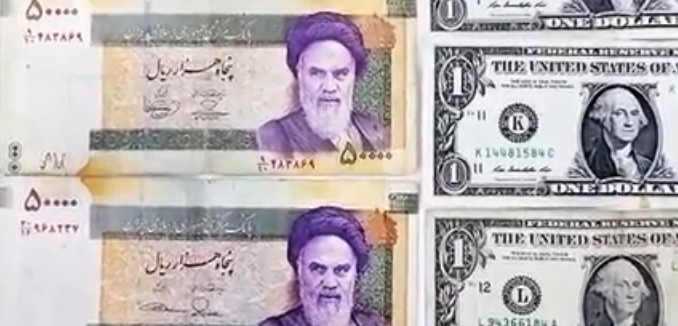Ahead of President Donald Trump’s expected announcement that the United States will exit the 2015 nuclear deal, Iran’s rial reached record lows against the dollar, Reuters reported Tuesday.
A website that tracks free market foreign exchange rates, Bonbast.com, had the rial selling 65,000 for a dollar. At the end of April it was 57,500 rial for a dollar, and at the end of 2017 it was 42,890.
According to analysts the value of the rial is being driven down by the threat of Trump reimposing sanctions that were waived as part of the nuclear deal.
The continued devaluation of the rial comes at a time that “the government was already under fire over its management of the economy,” Reuters observed.
Beginning late last year Iranians have been protesting economic conditions. Reuters reported in December that the protests had been spurred by a belief among Iranians that they had not received the benefits of the nuclear deal “due to corruption and mismanagement.” Protesters also faulted the regime for its support of Syrian dictator Bashar al-Assad.
In 2016, the Financial Action Task Force (FATF), an international financial watchdog, ranked Iran as the world’s worst money laundering risk. Iran’s money laundering and corruption have been cited as reasons that major banks do not want to risk doing business with Iran.
In April, the government sought to stop the devaluation of the rial by making it illegal to trade for dollars at any rate other than the officially set price of 42,000 rial for a dollar. However, despite the threat of arrest, the free market in dollars has persisted because “demand for dollars far exceeds limited supplies that authorities have provided through formal channels at the official rate.”
[Photo: Raiden Hansen / YouTube ]




